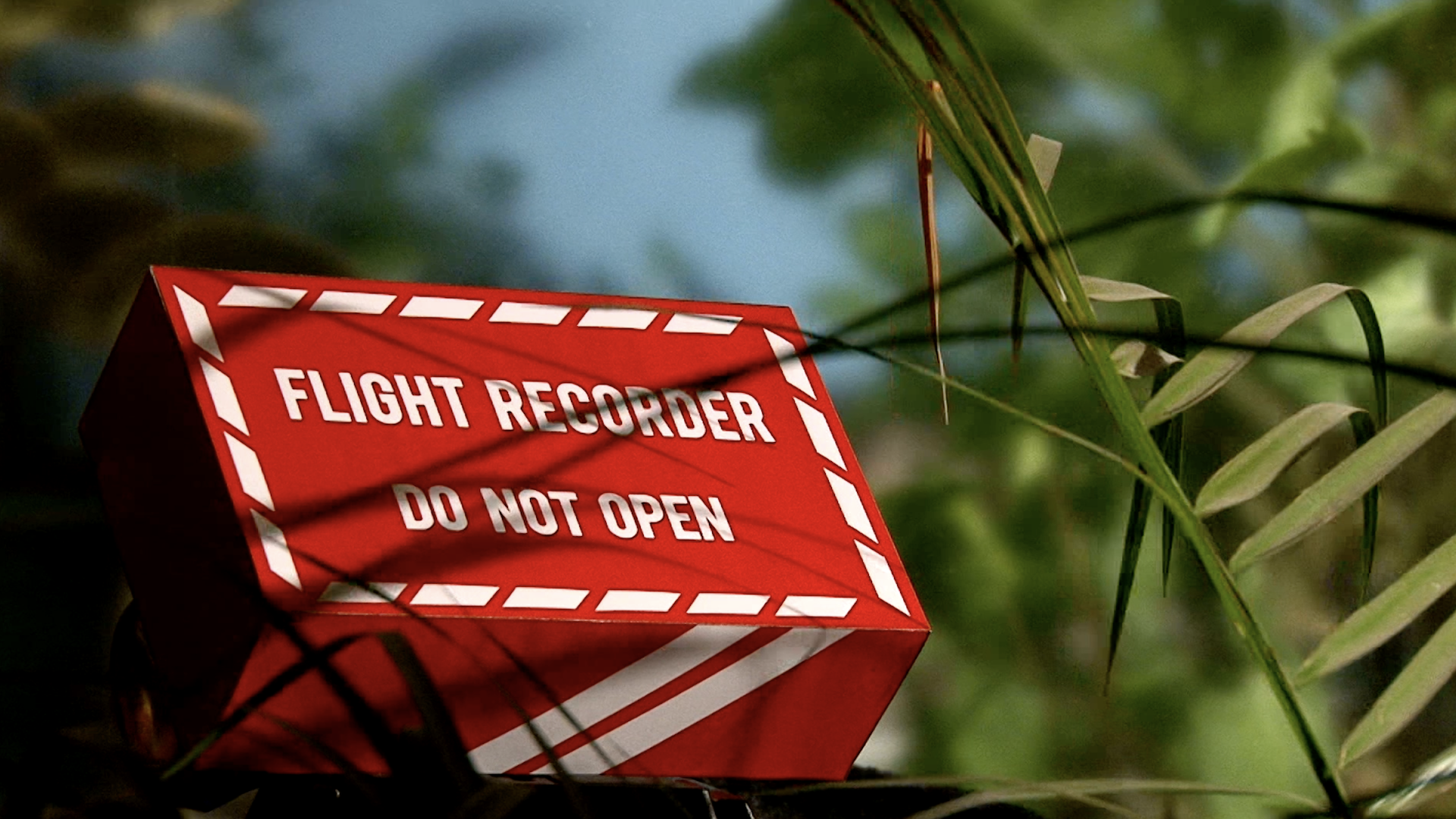
During the mid-1950s, while looking into several unexplained crashes of the de Havilland Comet — the first commercial jet airliner — David Warren came up with an idea that could aid future airline investigations: a flight recorder. His concept was to document flight conditions like speed and altitude, as well as capture the pilot’s responses just before an incident.
At that time, Warren was a 28-year-old scientist at the Aeronautical Research Laboratory in Melbourne, Australia, and he felt this device should be installed in every aircraft. Although the concept didn’t gain immediate traction, it eventually became a significant advancement in aircraft safety.
Since then, black boxes have been instrumental in investigating numerous aircraft accidents, whether for commercial planes or helicopters. So, what exactly do black boxes record?
First, let’s clarify what a black box is.
Flight recorders consist of two distinct parts: a data recorder and a voice recorder. “The data recorder often reveals what went wrong, while the voice recorder explains why it happened,” explained David Esser, an aeronautical scientist at the Embry-Riddle Aeronautical University in Florida, to Live Science.
Related: Can a commercial airplane perform a barrel roll?
The flight data recorder is typically situated in the tail of the aircraft — an area most likely to survive a crash. The voice recorder is positioned in the cockpit to capture conversations between pilots and other sounds that may provide clues before an accident occurs. Each recorder is fitted with beacons that send out acoustic signals to facilitate their location in overwater incidents.
Despite their name, flight recorders are not actually black; they are orange for better visibility at crash sites, as noted by Esser. The term “black box” likely comes from computing, where it refers to a system with inputs and outputs but an internal mechanism that is not clear to most people.
These recorders are designed to endure extreme situations like high-impact crashes, fire, and deep-sea pressure, according to Abdalla Elazaly, an advanced system engineer at Honeywell, which provides these devices to aircraft makers like Boeing and Airbus. “Engineers use durable materials such as titanium or stainless steel for the casing,” Elazaly mentioned via email to Live Science.
However, certain circumstances can cause these systems to fail, such as a total power loss in the aircraft, extended exposure to fire or deep water, and high-speed collisions.
What do black boxes record?
Some data recorders can store at least 88 flight operation parameters, including time, altitude, and airspeed, continuously for 25 hours, as stated by the National Transportation Safety Board (NTSB). Additionally, they capture over 1,000 data points within the aircraft that could aid investigations. For example, they note if and when the smoke alarm is activated, the positions of the airplane flaps, and when autopilot is engaged. Meanwhile, the cockpit voice recorder captures sounds like engine noise, landing gear movements, switch flips, and other cockpit alerts. This recorder is usually linked to an overhead microphone located between the two pilots. The Federal Aviation Administration (FAA) mandates that commercial aircraft be equipped with voice recorders that can continuously record for at least 25 hours.
In case of an aircraft accident, flight recorders provide crucial information that can help determine the cause of the incident. Access to this material is limited to members of the investigation team, like the NTSB, the FAA, and other pertinent authorities.
The process resembles a criminal investigation, as described by Houbing Song, an electrical engineer at the University of Maryland, Baltimore County, who contributed to the development of flight recorder systems for the FAA.
Unlike old models that used magnetic tape, modern flight recorders utilize solid-state memory cards, similar to those found in laptops and smartphones. The first step in recovering information is ensuring that the memory card is intact and creating a copy of the data, Song stated. Investigations can range from a month to several years, based on the complexity of the accident.
Besides aiding in accident investigations, flight recorders also provide essential safety data for airlines during normal operations. Many commercial airlines work with the FAA through a voluntary program, known as Flight Operational Quality Assurance, which enables airlines to download portions of the flight recorder data for quality assessment purposes. For instance, the FAA may analyze fuel consumption, potential engine problems, or other operational inefficiencies.
“The objective is to recognize trends before they escalate into incidents or accidents,” Esser noted.
While flight recorders contain valuable information, they can only be accessed after a flight. This limitation could pose challenges if the recorders are damaged or cannot be retrieved.
Innovative efforts are underway to explore real-time data transmission from flight recorders to address this limitation. “The technology exists now; it’s just a matter of implementation,” Esser mentioned.


